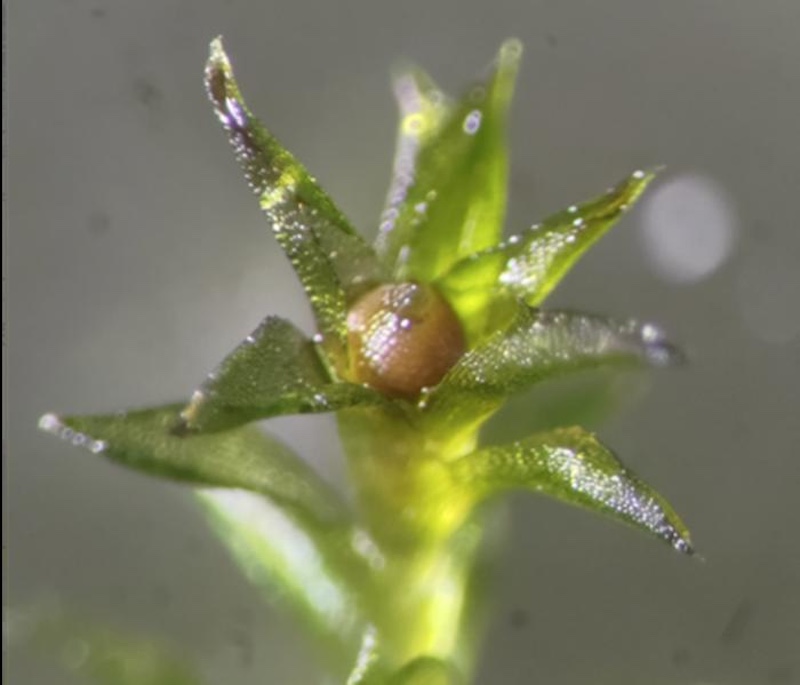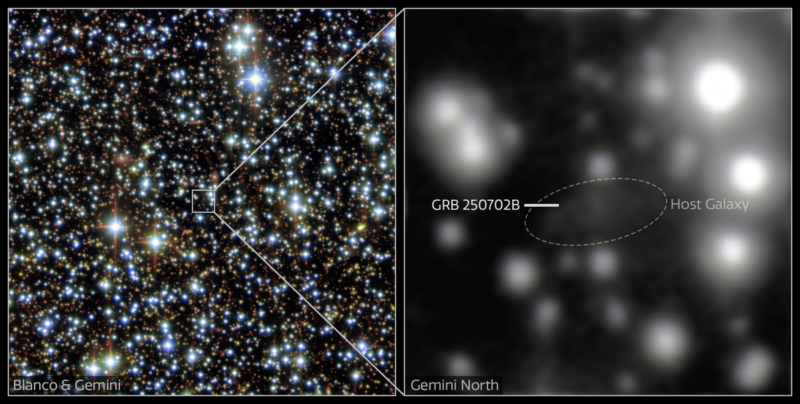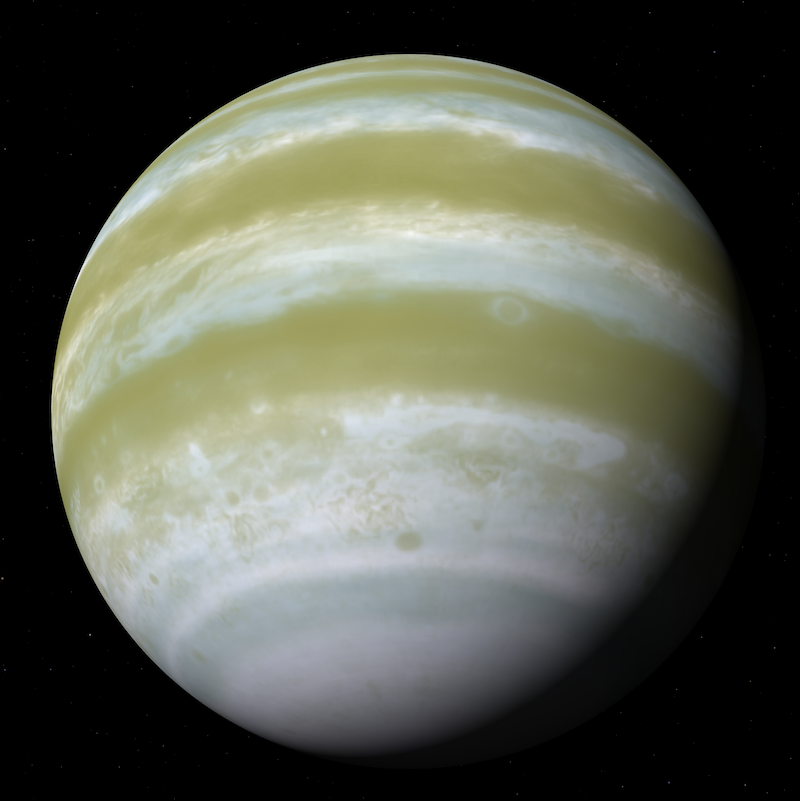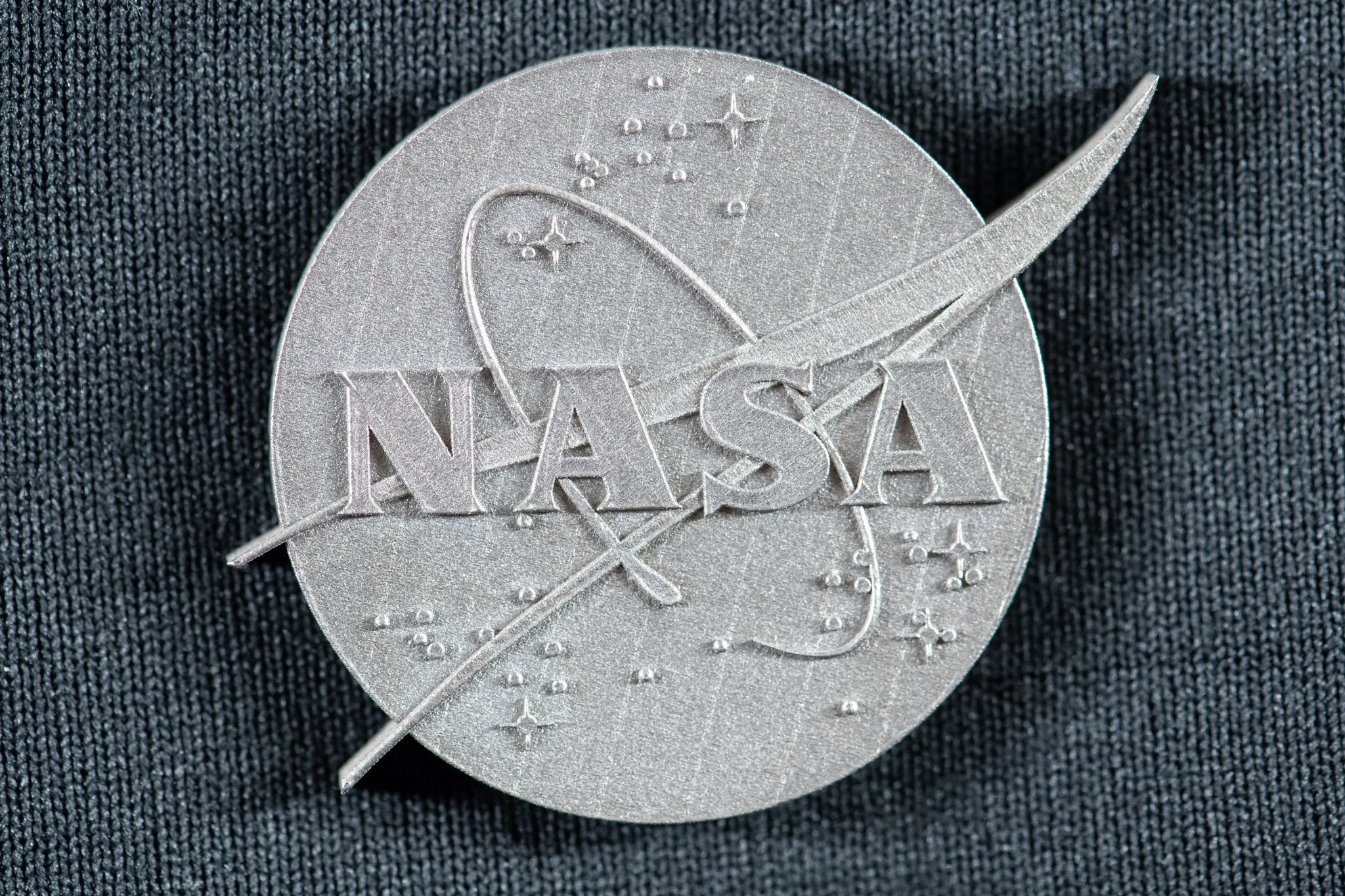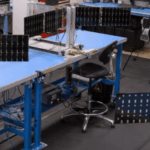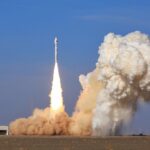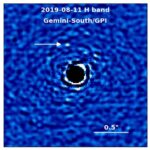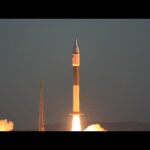Now Reading: Giant free-floating planets might have planets of their own
-
01
Giant free-floating planets might have planets of their own
Giant free-floating planets might have planets of their own
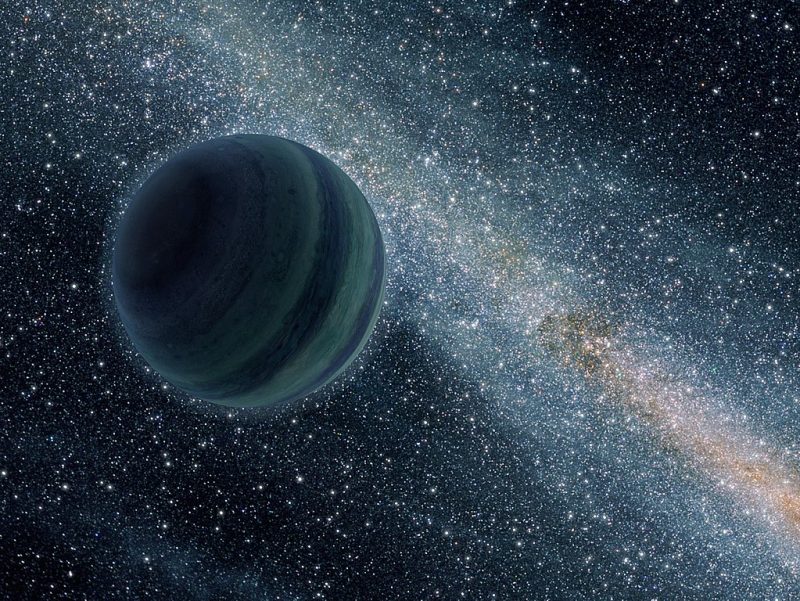
New research has found that rogue planets – planets that don’t orbit stars – could have planets of their own. Watch this video for more details.
- Free-floating planets, or rogue planets, are planets that drift in space, not orbiting any star. The ones discovered so far are gas giants, like Jupiter or Saturn.
- Could they have their own planets orbiting them? A new study using the James Webb Space Telescope suggests they could indeed have their own planetary systems.
- Webb’s observations found evidence for disks of warm dust around some rogue planets. These are similar to the disks of dust and gas around stars that planets are born in.
Could free-floating planets have planets of their own?
Planetary systems are families of planets that orbit stars, like the planets in our own planetary (or solar) system. But there might be another kind of planetary system that we haven’t seen before. An international team of researchers, led by the University of St. Andrews in Scotland, said on July 31, 2025, that giant free-floating planets – or rogue planets – could have their own miniature planetary systems. The researchers used new observations from the James Webb Space Telescope to come to their intriguing conclusions. The other planets would orbit the central giant planet instead of orbiting a star.
The free-floating planets are large, gas-giant type planets, like Jupiter or Saturn. But they are freely wandering in space instead of orbiting any stars. They are dim, with no star to reflect light from. But astronomers have found a growing number of them in recent years.
The researchers published their findings in a new preprint paper on arXiv on July 7, 2025.
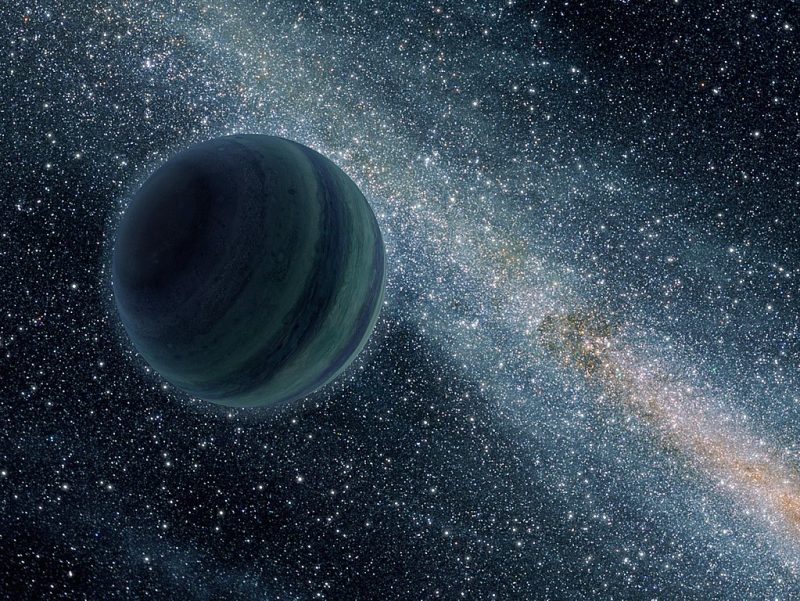
Planets or moons?
The findings bring to mind the gas and ice giants in our own solar system. All of them have large families of smaller moons. But the new study calls these types of objects planets. So are they moons or planets? Aleks Scholz is the Principal Investigator of the project at the University of St. Andrews. He told Astronomy Now:
We don’t really know yet what to call a smaller body orbiting a free-floating object that is similar in mass to a planet. There are people who would rather call them moons, and that’s fine, too. These systems – if they exist – would look more comparable to Jupiter and its moons than to our solar system, but a moon is typically ‘something that orbits something that orbits something else’, and that’s not the case here. At some point we need to have a debate what to call them.
Observations of 8 giant free-floating planets
The research team studied eight free-floating planets with the Webb space telescope. The spectroscopic observations with Webb’s instruments, from August to October 2024, were unprecedented in detail and sensitivity. The observations confirmed that all of the planets have masses similar to Jupiter.
But the new observations also revealed something else.
Warm dust around the planets
Webb revealed that six of the planets have warm dust in their immediate vicinity. The dust showed up as excess emissions around the planets when viewed in infrared.
Intriguingly, this is reminiscent of the disks of dust and gas around newborn and young stars, called protoplanetary disks. It is in these disks that planets are born. So if free-floating planets can have similar disks around them, could they also have planets?
Researchers from the University of St. Andrews had previously found hints for such disks around free-floating planets before. The results suggested that these disks could last for several million years. That would be enough time for planets to begin to form. Now, Webb has further confirmed the existence of those disks.
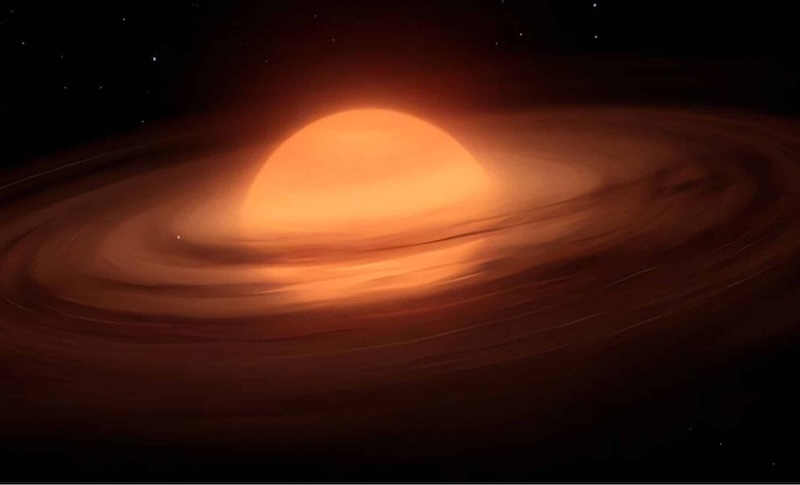
Miniature planetary systems?
The new observations now build on those previous findings. Lead author Belinda Damian at the University of St. Andrews said:
These discoveries show that the building blocks for forming planets can be found even around objects that are barely larger than Jupiter and drifting alone in space. This means that the formation of planetary systems is not exclusive to stars but might also work around lonely starless worlds.
Scholz added:
Taken together, these studies show that objects with masses comparable to those of giant planets have the potential to form their own miniature planetary systems. Those systems could be like the solar system, just scaled down by a factor of 100 or more in mass and size. Whether or not such systems actually exist remains to be shown.

Bottom line: Giant free-floating planets drift in space with no stars. New observations from the Webb space telescope suggest they could have their own planets orbiting them.
Source: Spectroscopy of Free-Floating Planetary-Mass Objects and their disks with JWST
Read more: Rogue planets by the trillions in our Milky Way?
Read more: Moons of rogue planets could have water and life
The post Giant free-floating planets might have planets of their own first appeared on EarthSky.
Stay Informed With the Latest & Most Important News
Previous Post
Next Post
-
 012024 in Review: Highlights from NASA in Silicon Valley
012024 in Review: Highlights from NASA in Silicon Valley -
 02Panasonic Leica Summilux DG 15mm f/1.7 ASPH review
02Panasonic Leica Summilux DG 15mm f/1.7 ASPH review -
 03From Polymerization-Enabled Folding and Assembly to Chemical Evolution: Key Processes for Emergence of Functional Polymers in the Origin of Life
03From Polymerization-Enabled Folding and Assembly to Chemical Evolution: Key Processes for Emergence of Functional Polymers in the Origin of Life -
 04How New NASA, India Earth Satellite NISAR Will See Earth
04How New NASA, India Earth Satellite NISAR Will See Earth -
 05And Thus Begins A New Year For Life On Earth
05And Thus Begins A New Year For Life On Earth -
 06Astronomy Activation Ambassadors: A New Era
06Astronomy Activation Ambassadors: A New Era -
07SpaceX launch surge helps set new global launch record in 2024












